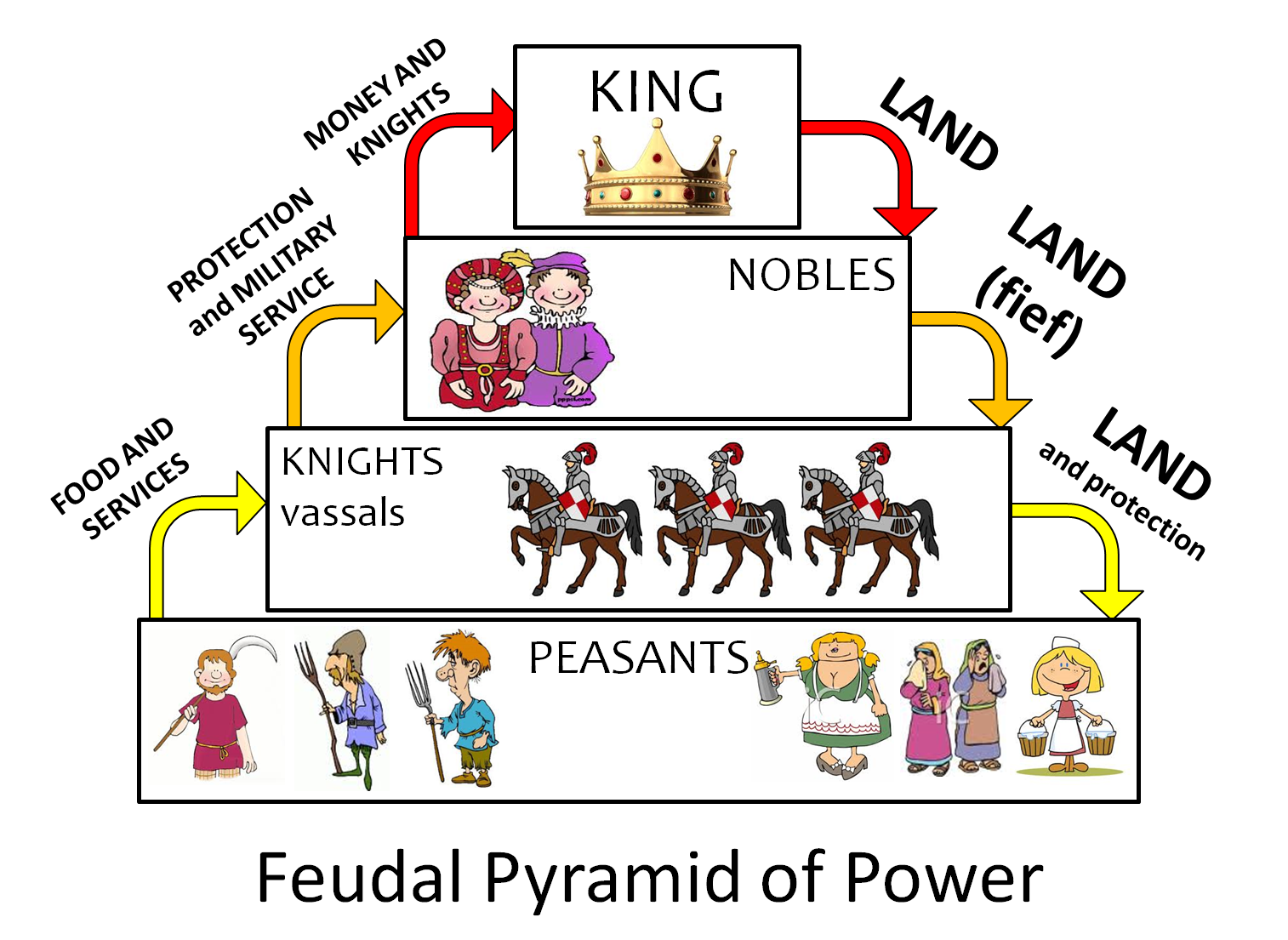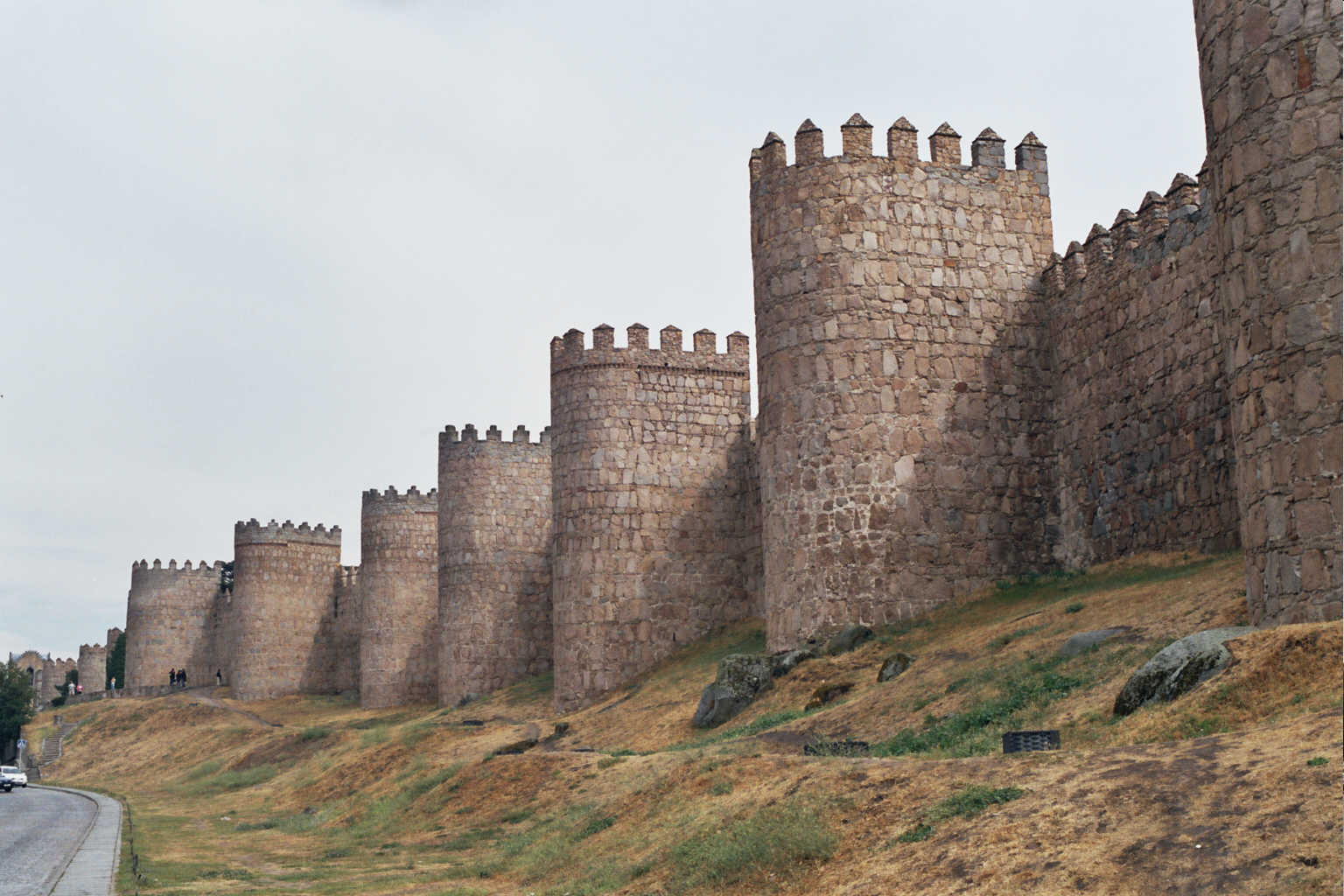
jueves, 24 de octubre de 2013
lunes, 21 de octubre de 2013
Middle Ages village
miércoles, 16 de octubre de 2013
Roman cities: walls, aqueducts, stone roads, bridges, forum, amphitheatres...
WALLS: the cities were surrounded by walls. For example: Avila Roman Walls.

AQUEDUCTS: to carry water from rivers and lakes to cities. For example: Roman Aqueduct of Segovia.

STONE ROADS: to connect cities. For example: La Vía de la Plata.

El mundo romano era muy amplio y había que comunicarlo de una manera eficiente. Para ello, se construyó en todo el territorio una extensa red de calzadas, que no solo hacía que aumentasen las relaciones económicas y sociales, sino que habilitaba una forma rápida de trasladar los ejércitos, y, así, defender los núcleos de población. Estas vías necesitaban atravesar montañas y pasar sobre grandes ríos, construyéndose para ello puertos de montaña y puentes, fijos y estables.

Calzada romana Vía de la Plata por Béjar.
BRIDGES: built over the rivers. For example: the Roman bridge of Salamanca.
Roman Bridge of Salamanca
FORUM: It was in the middle of the city. It was a square surrounded by important buildings. It was the city´s cultural and political centre.
AMPHITHEATRES: where people watched fights between gladiators and between gladiators and wild animals.

Amphitheatre in Segóbriga (Cuenca).

Circus in Mérida.
CIRCUS: Along with theatres and amphitheatres, circuses were one of the main entertainment sites of the time. Circuses were venues for chariot races and horse races.

Circus in Mérida.
Charriot race in the film Ben Hur

THEATRES: public places that hosted events such as plays and choral events. Theatres have semicircular form while amphitheatres are round.
Example: Roman theatre of Mérida.
Map of the Roman empire
The Romans came from Italy. They built a great empire that reached the Iberian Peninsula (Hispania).

martes, 12 de marzo de 2013
A tiny little seed song
THE TINY SEED story from Eric Carle
Imágenes + texto
Sólo imágenes
viernes, 8 de marzo de 2013
jueves, 14 de febrero de 2013
miércoles, 13 de febrero de 2013
Suscribirse a:
Entradas (Atom)

